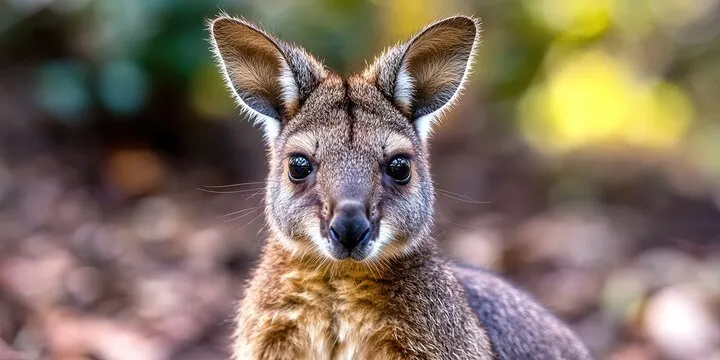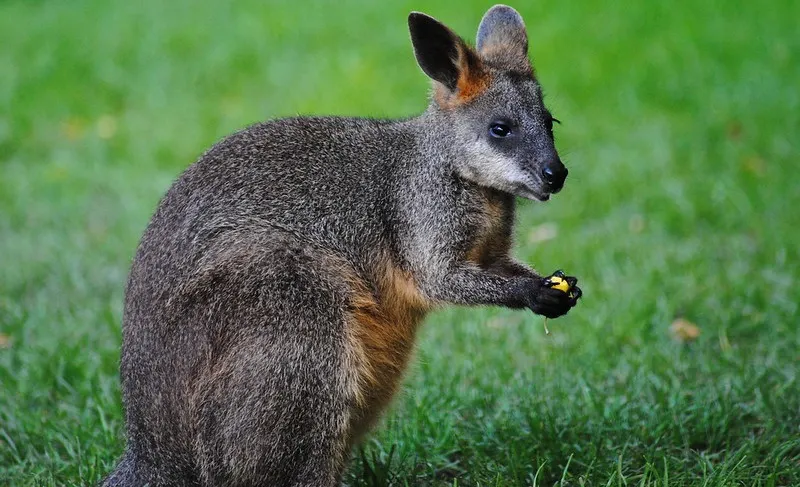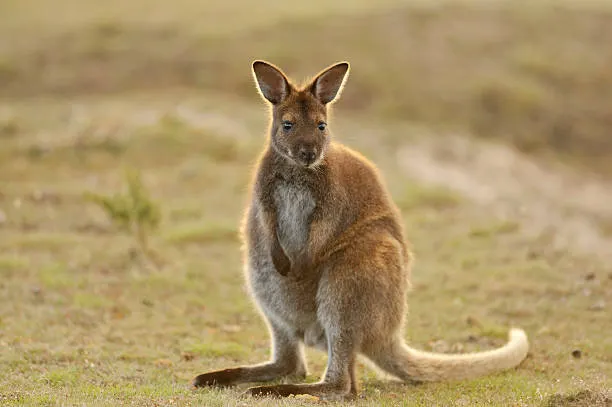Wallaby Wonders: Fun Facts About A Wallaby

Wallabies are often mistaken for small kangaroos—and with good reason! These marsupials share many traits with their larger cousins, but they have their own unique qualities that make them utterly fascinating. Native mostly to Australia and nearby islands, wallabies inhabit forests, grasslands, and even rocky outcrops. This article dives into the delightful world of wallabies with fun facts covering their behavior, biology, habitat, and more.
🦘 What Exactly Is a Wallaby?
Wallabies are marsupials, meaning they carry and nurse their young in a pouch. They belong to the same taxonomic family (Macropodidae) as kangaroos and wallaroos. The primary difference is size—wallabies are generally much smaller.
- Height: Most wallabies are between 12 inches to 3.5 feet tall.
- Weight: Ranges from 4 to 50 pounds depending on the species.
There are more than 30 different species of wallabies!
🌏 Where Do Wallabies Live?
Wallabies are found in:
- Australia
- Tasmania
- New Guinea
- Some have been introduced to New Zealand and Hawaii.
They inhabit:
- Woodlands
- Rainforests
- Grasslands
- Rocky escarpments
Each species is adapted to its environment. For example, the rock-wallaby has specialized feet for climbing steep surfaces.
🍼 The Joey Journey
Like all marsupials, wallabies give birth to tiny, underdeveloped babies called joeys. After birth:
- The joey crawls into the mother’s pouch.
- It stays in the pouch for about 6 to 8 months, drinking milk and developing.
- Even after leaving the pouch, joeys often return to nurse or seek comfort.
Fun fact: Female wallabies can pause a pregnancy if environmental conditions are unfavorable—this is called embryonic diapause.
🍃 What Do Wallabies Eat?
Wallabies are herbivores, and their diet consists mostly of:
- Grasses
- Leaves
- Herbs
- Fruits
- Bark
They are ruminant-like animals, meaning they chew cud (regurgitated plant matter) to aid digestion. Wallabies are also known to survive long periods without water, getting moisture from their food.
🦴 Physical Adaptations
- Powerful hind legs: Great for hopping, their main method of locomotion.
- Long tail: Used for balance and support when sitting or moving.
- Large ears: Help detect predators and regulate body temperature.
Wallabies can leap up to 6 feet high and 13 feet long in a single bound!

🧠 Behavior and Social Life
- Most wallabies are solitary, but some form loose groups called mobs.
- They are generally shy and quiet, active mostly during dawn and dusk (crepuscular).
- Wallabies thump their feet on the ground to alert others of danger.
🐾 Predator and Threats
Natural predators include:
- Dingoes
- Wedge-tailed eagles
- Feral cats and foxes
Human threats:
- Habitat destruction
- Road accidents
- Hunting (in some regions)
Several species, such as the Toolache wallaby, have gone extinct due to these pressures.
🎨 Fun and Surprising Wallaby Facts
- Some wallabies glow under UV light! Like many marsupials, their fur can fluoresce in ultraviolet conditions.
- Albino wallabies exist and are white with pink eyes, though they are rare in the wild.
- Wallabies can climb fences and escape enclosures—there are even feral wallaby populations in the UK!
- The swamp wallaby is the only mammal known to be pregnant year-round, due to overlapping pregnancies.
- Wallabies are excellent swimmers and will dive into water to escape predators.
- Despite their small size, wallabies can kick hard, and males will box during mating season just like kangaroos.
- Their tails are so strong, they can use them like a third leg for support.
🌟 Summary
| Trait | Wallaby Fact |
|---|---|
| Size | 1–3.5 ft tall, 4–50 lbs |
| Habitat | Forests, grasslands, rocky areas |
| Diet | Herbivorous: grasses, fruits, leaves |
| Locomotion | Hopping using powerful hind legs |
| Social Behavior | Mostly solitary; some live in mobs |
| Special Feature | Can delay pregnancy (embryonic diapause) |
| Lifespan | 9–15 years in the wild; longer in captivity |

📚 Final Thoughts
Wallabies are more than just “mini-kangaroos”—they’re a diverse and resilient group of animals with behaviors, adaptations, and life cycles that continue to amaze researchers and wildlife lovers alike. From their strong legs to their glowing fur, wallabies truly are one of Australia’s most charming marsupials.



